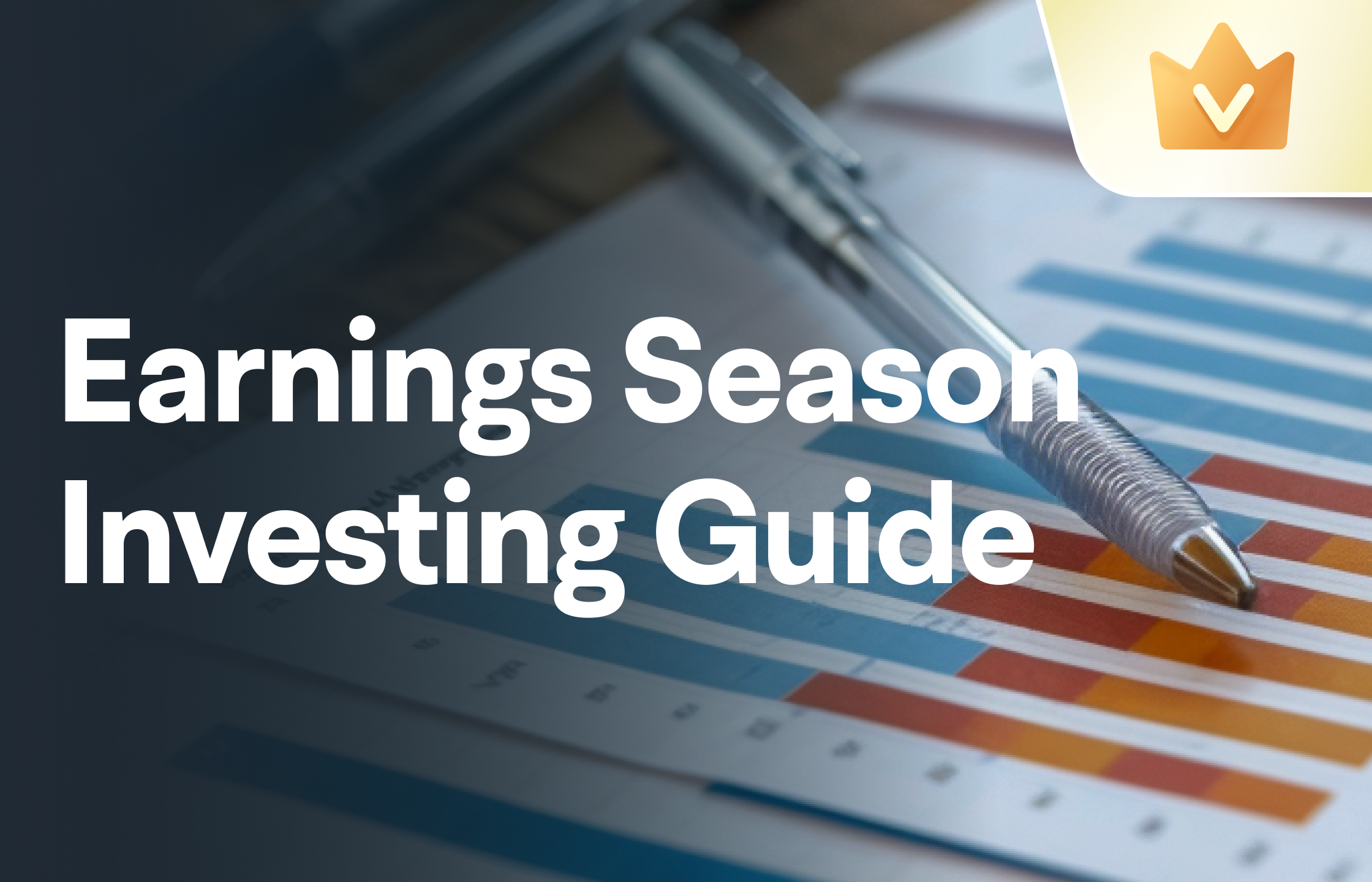In order to help users to have an intuitive understanding of a fund’s capabilities in all aspects, we classify each indicator in terms of three dimensions: profitability, risk resistance, and investment performance. The indicators involved in the calculation vary with equity or bond funds. Please refer to the following for the calculation logic.
1. Classification and Definition of Indicators
1.1 Profitability Indicators:
● Annualized Rate of Return: the rate of return for a one-year investment period
● α: an important indicator that measures the active return of a fund. The higher, the better. This indicator is not involved in the scoring of bond funds.
● Maximum Consecutive Weeks of Gains: the maximum number of weeks for which the % changes are continuously positive. It gauges continuous profitability. The higher, the better.
1.2 Risk Resistance Indicators:
● Maximum Drawdown: the maximum loss over a specified time period in the past. The lower the absolute value of the drawdown, the higher the risk resistance.
● Maximum Drawdown Recovery Time: the number of days from the date of the maximum drawdown to the date of reaching the highest point before the drawdown. The lower the value, the faster the recovery. This indicator is not involved in the scoring of bond funds.
● Annualized Standard Deviation: an indicator that measures the degree of volatility within a year. The higher the standard deviation, the greater the volatility. In the case of the same rate of return, the fund with a higher standard deviation takes relatively higher risk.
● β: a relative indicator that measures the volatility of a fund’s return relative to the benchmark return for performance evaluation. The higher the β, the more volatile the fund relative to the performance benchmark. This indicator is not involved in the scoring of bond funds.
● R-squared: an indicator that reflects the impact of changes in the performance benchmark on a fund’s performance. The lower the R-squared value, the less the changes in the fund's performance due to changes in the performance benchmark.
1.3 Investment Performance Indicators:
● Sharpe Ratio: an indicator that reflects a fund’s excess rate of return per unit of risk. Generally, the higher the ratio, the higher the fund’s excess rate per unit of risk.
● Treynor Ratio: the risk premium earned per unit of risk. The higher, the better.
● Calmar Ratio: a function of the return versus the maximum drawdown. It is calculated by dividing the annualized rate of return by the maximum drawdown over a specific time period. The higher the absolute value, the better. In extreme cases where the drawdown is 0, the Calmar ratio cannot be calculated.
● Information Ratio: an indicator that reflects the excess return earned per unit of tracking error. The higher the value, the higher the investment performance.
● Sortino Ratio: an indicator that reflects the excess return a fund can obtain by taking the same units of downside risk. The higher, the better.
Currently, each indicator is updated at a different frequency. A small number of indicators are updated by Morningstar on a monthly basis, while the rest are updated on a daily basis. You can click the update time to view the current update date for each indicator.
2. Calculation of Averages and Ranking of Funds of the Same Category
All funds are classified according to the Morningstar Category. For some funds, it may not be able to calculate certain indicators, resulting in a different total number of the funds involved in the calculation of averages and the ranking of the funds of the same category. In addition, due to the untimely updating of the net values of the funds, there may exist slight deviations among the averages and the rankings of the funds of the same category during the day. The averages and the rankings are for information purposes only and do not constitute investment advice.
3. Risk Warning
Past performance of funds does not equate to future performance. The market is risky and investors must be cautious.
